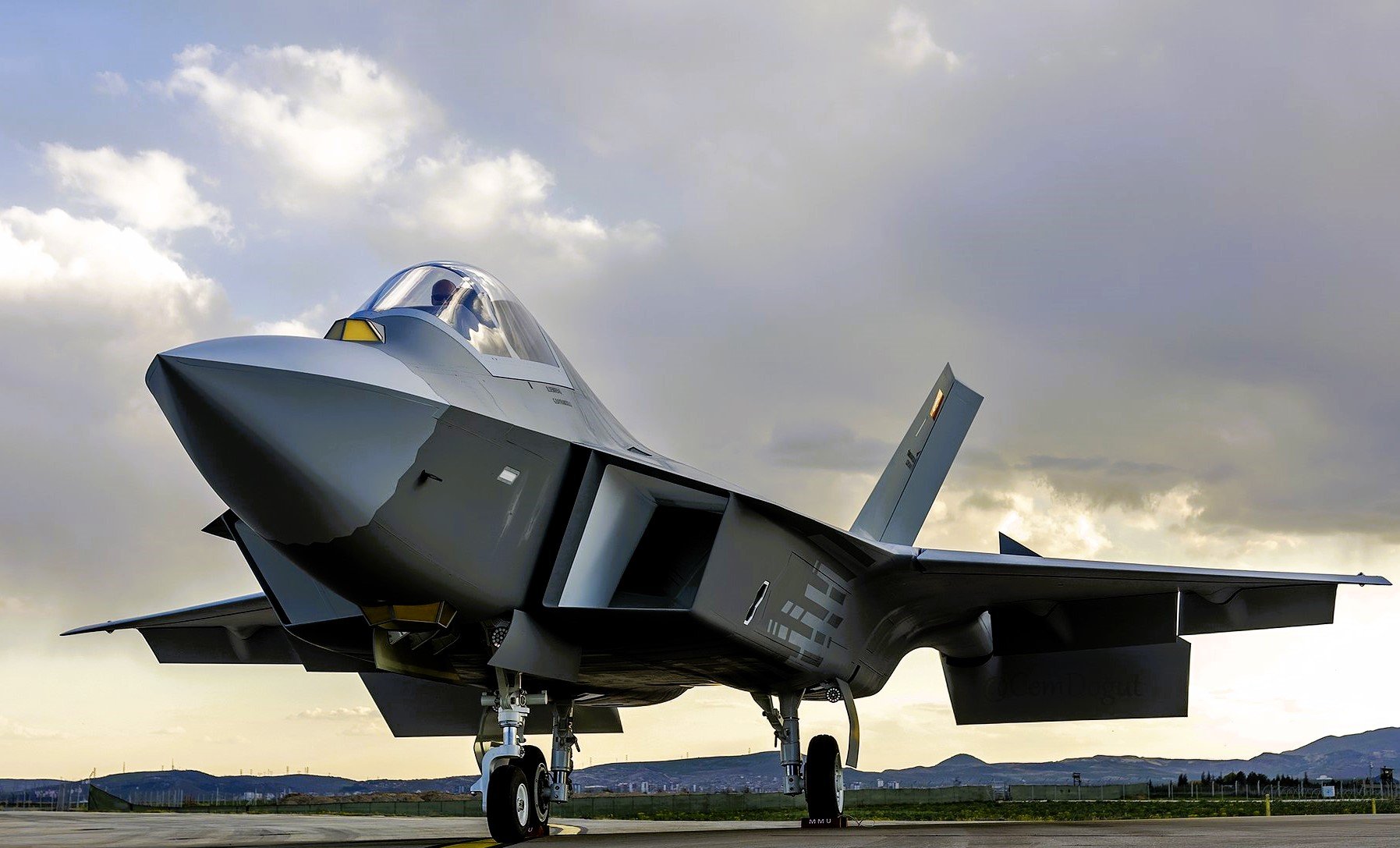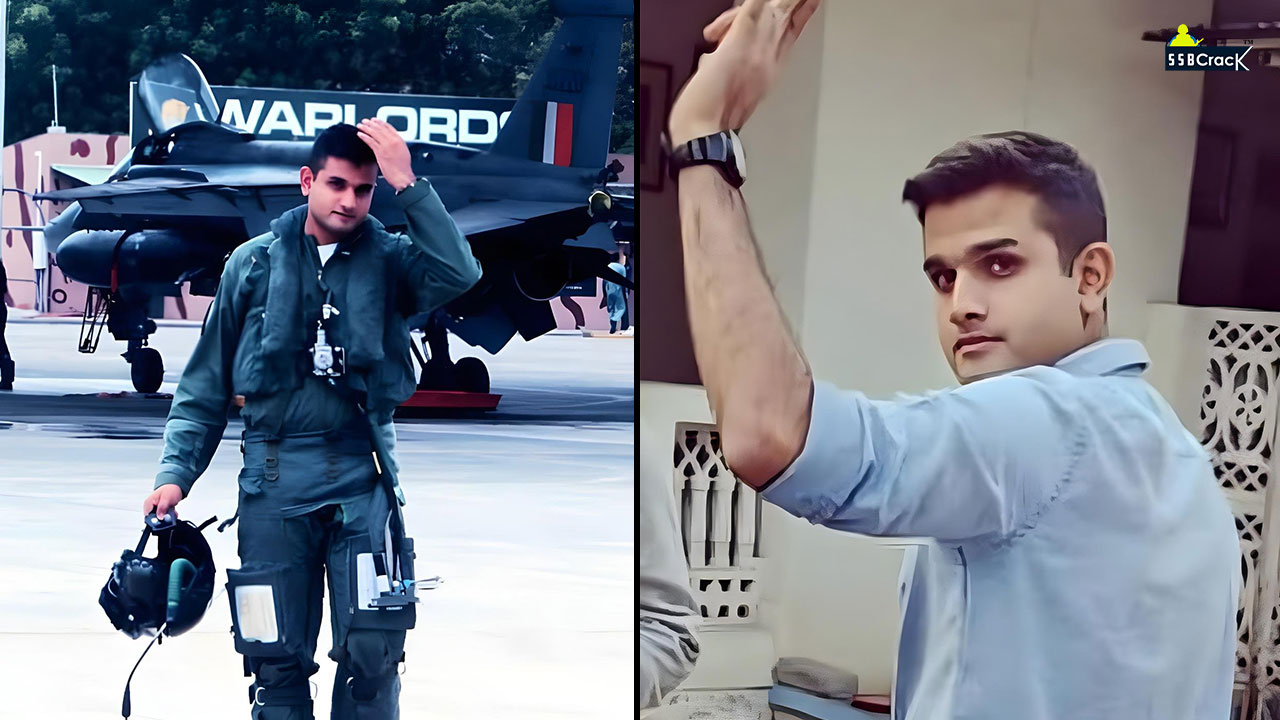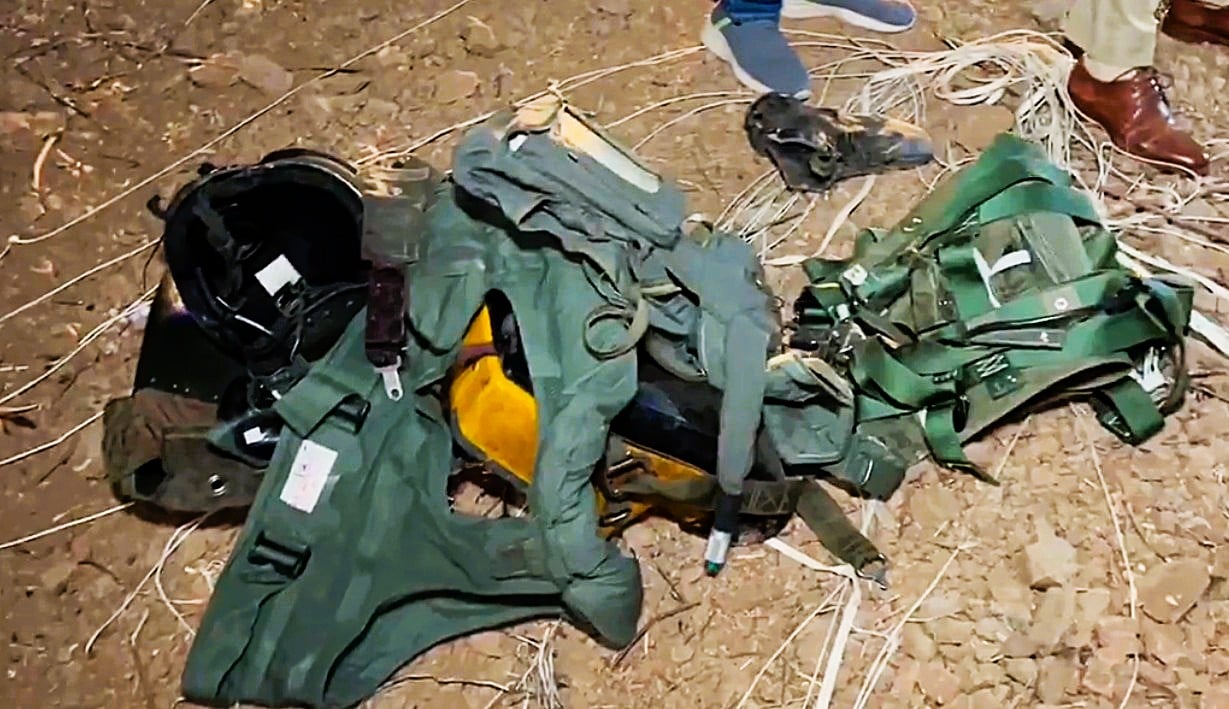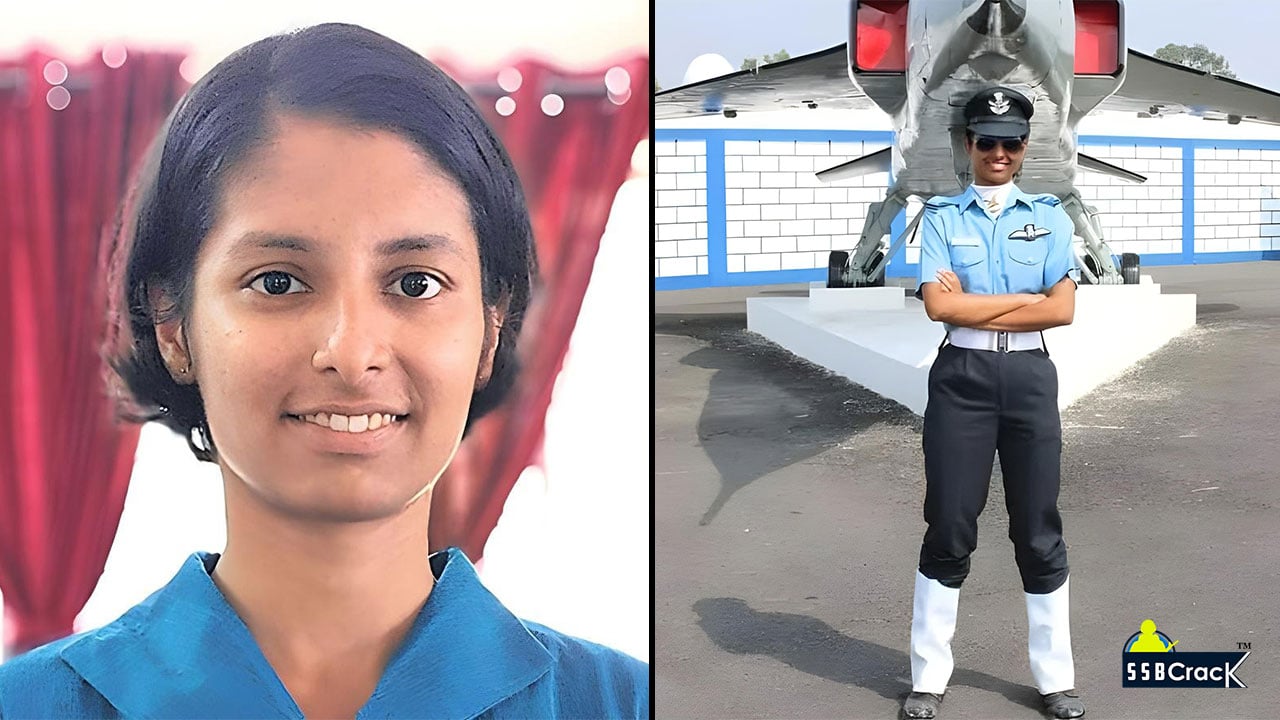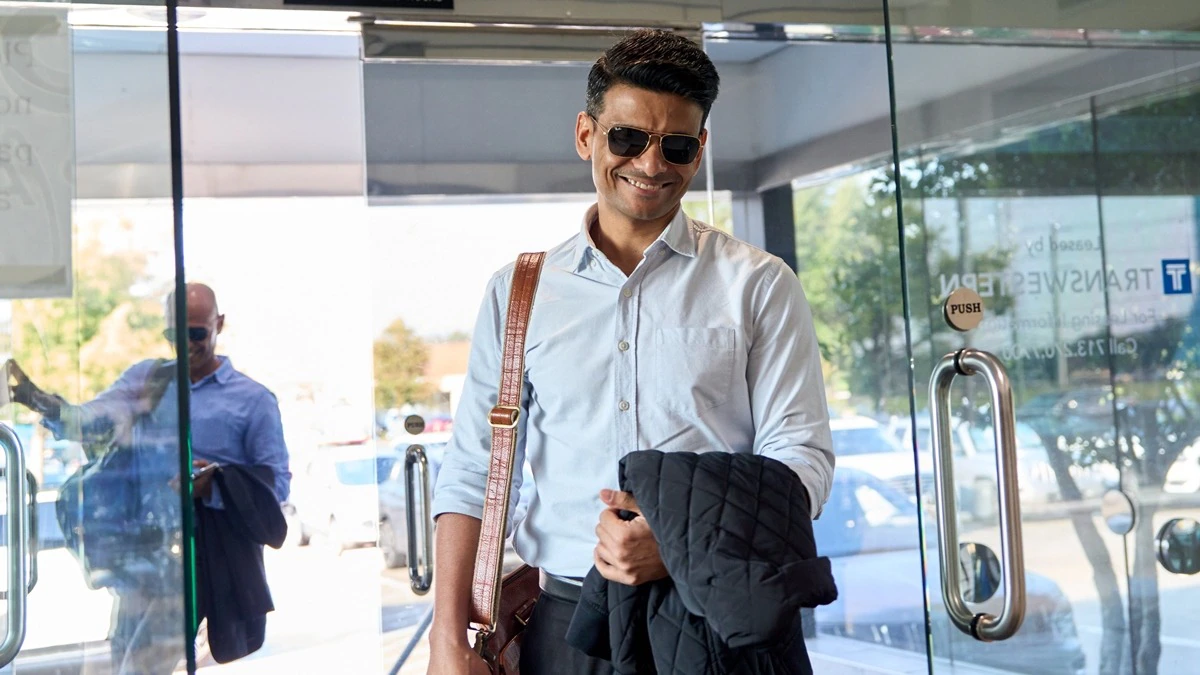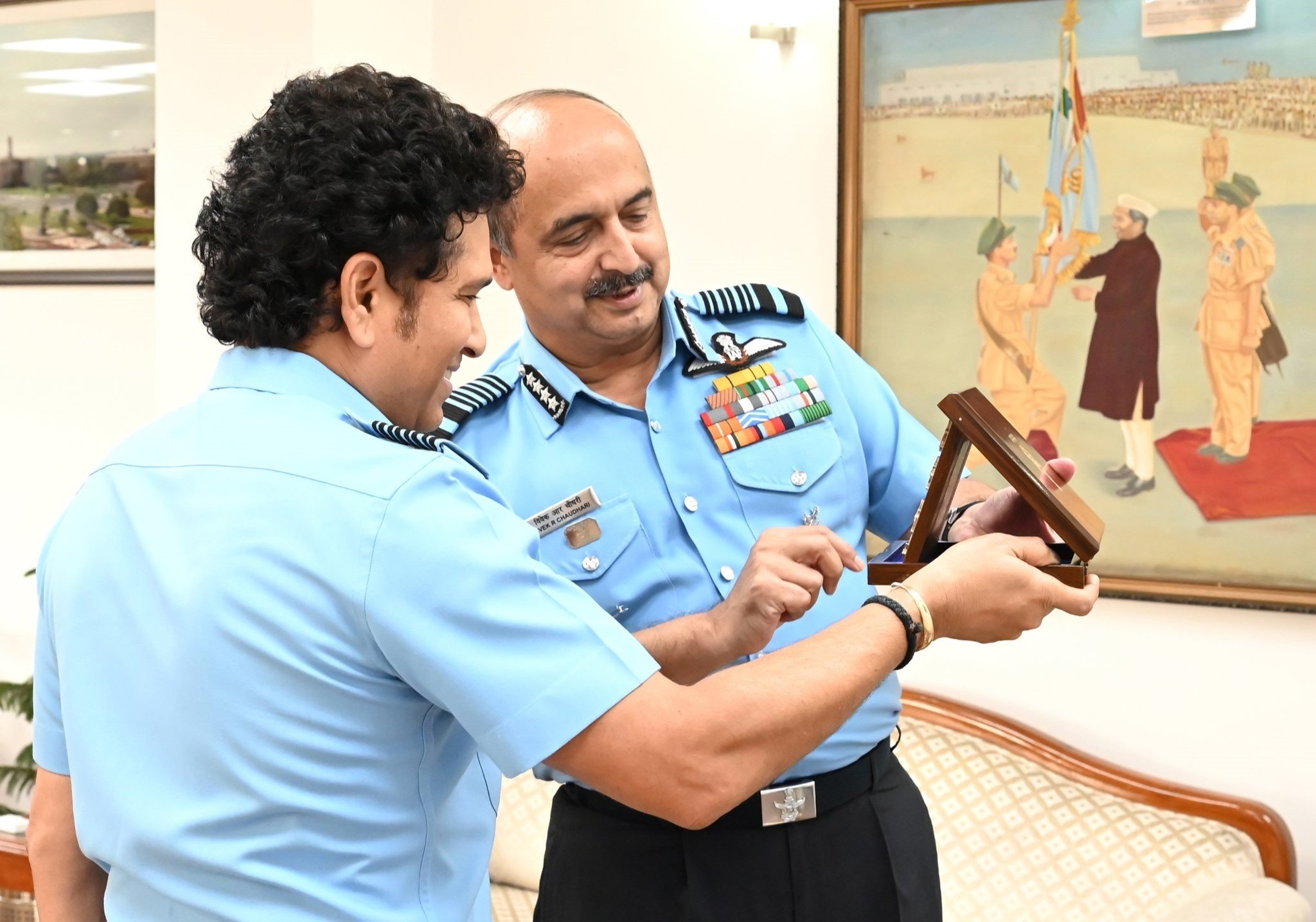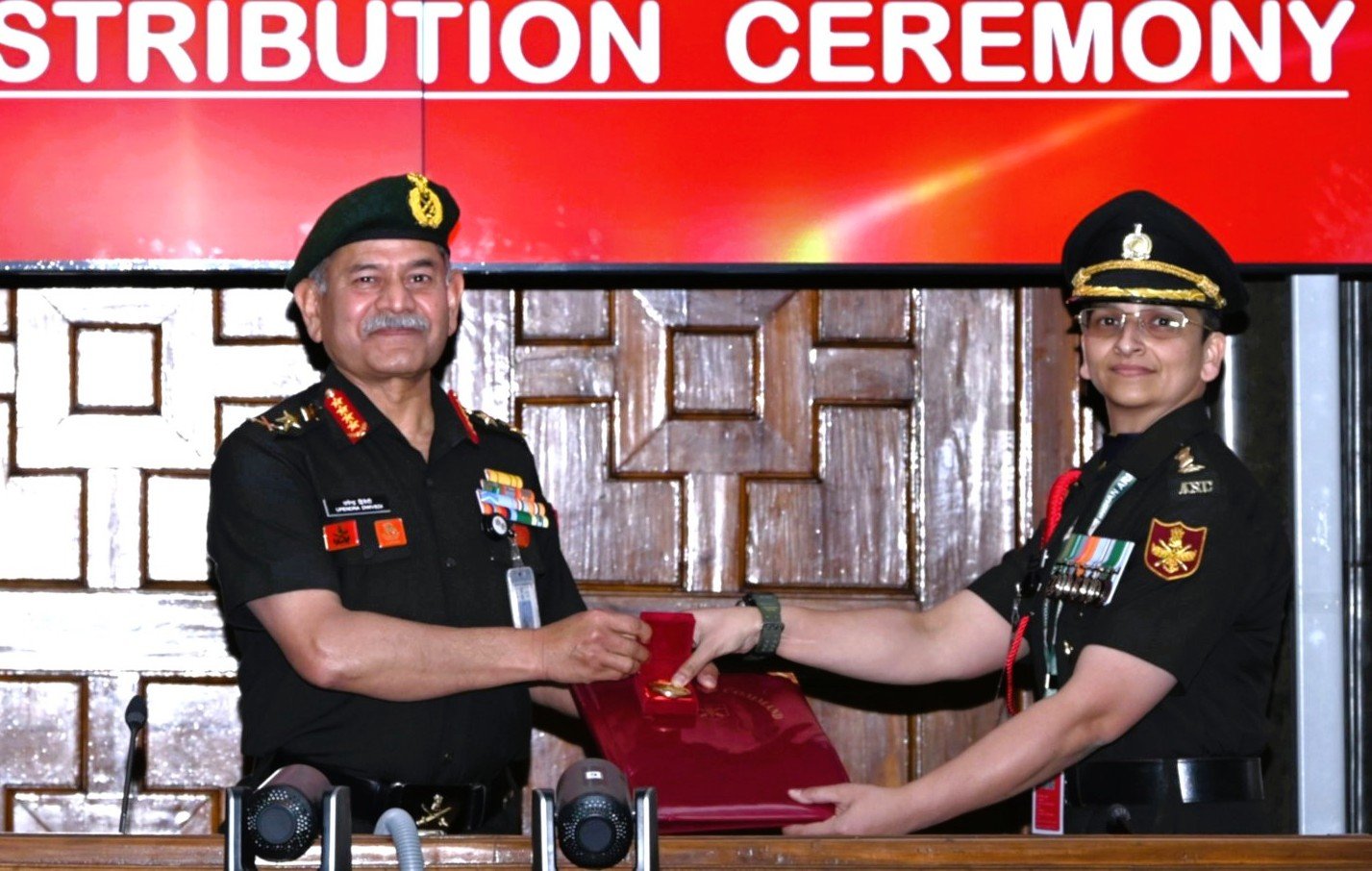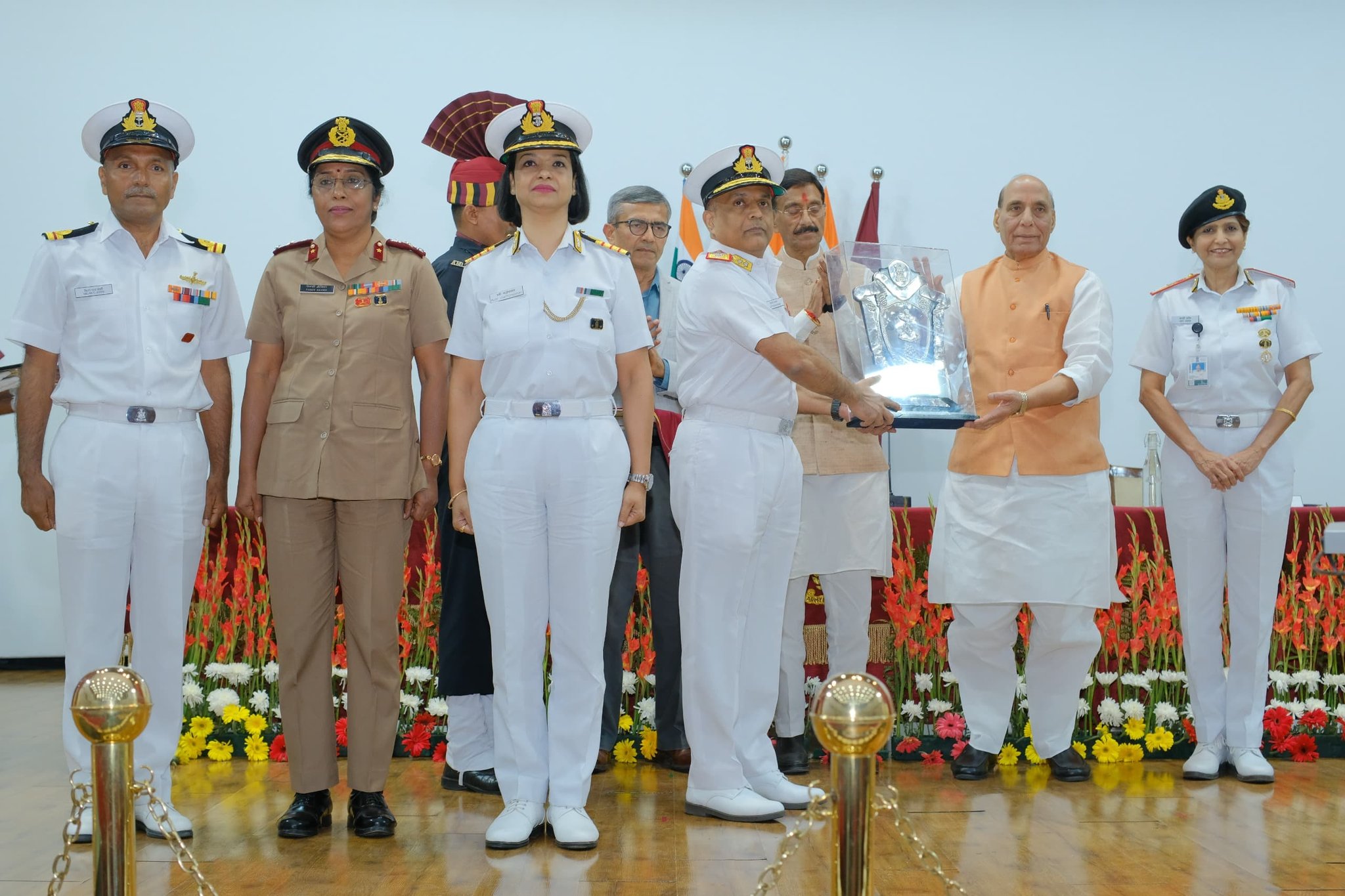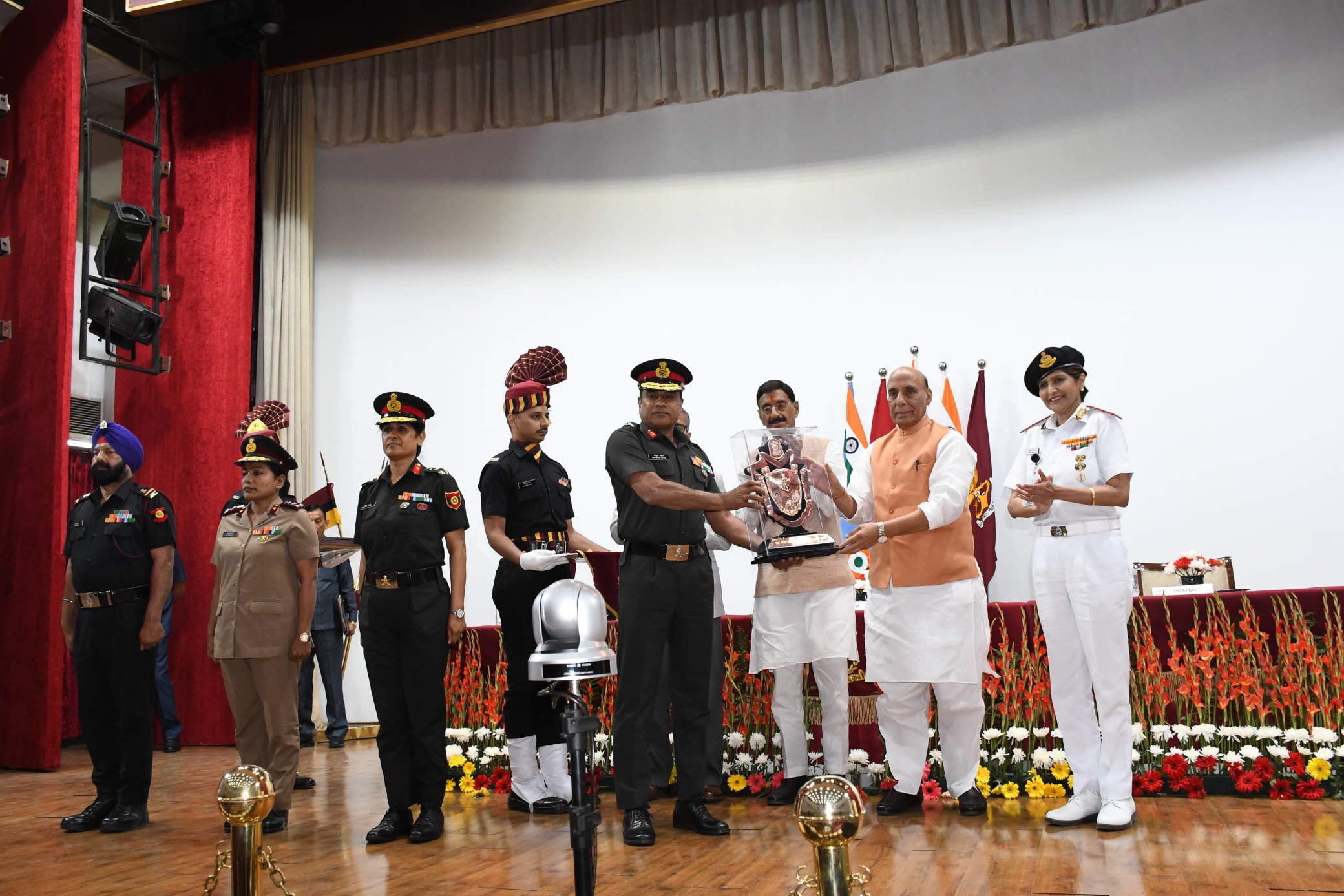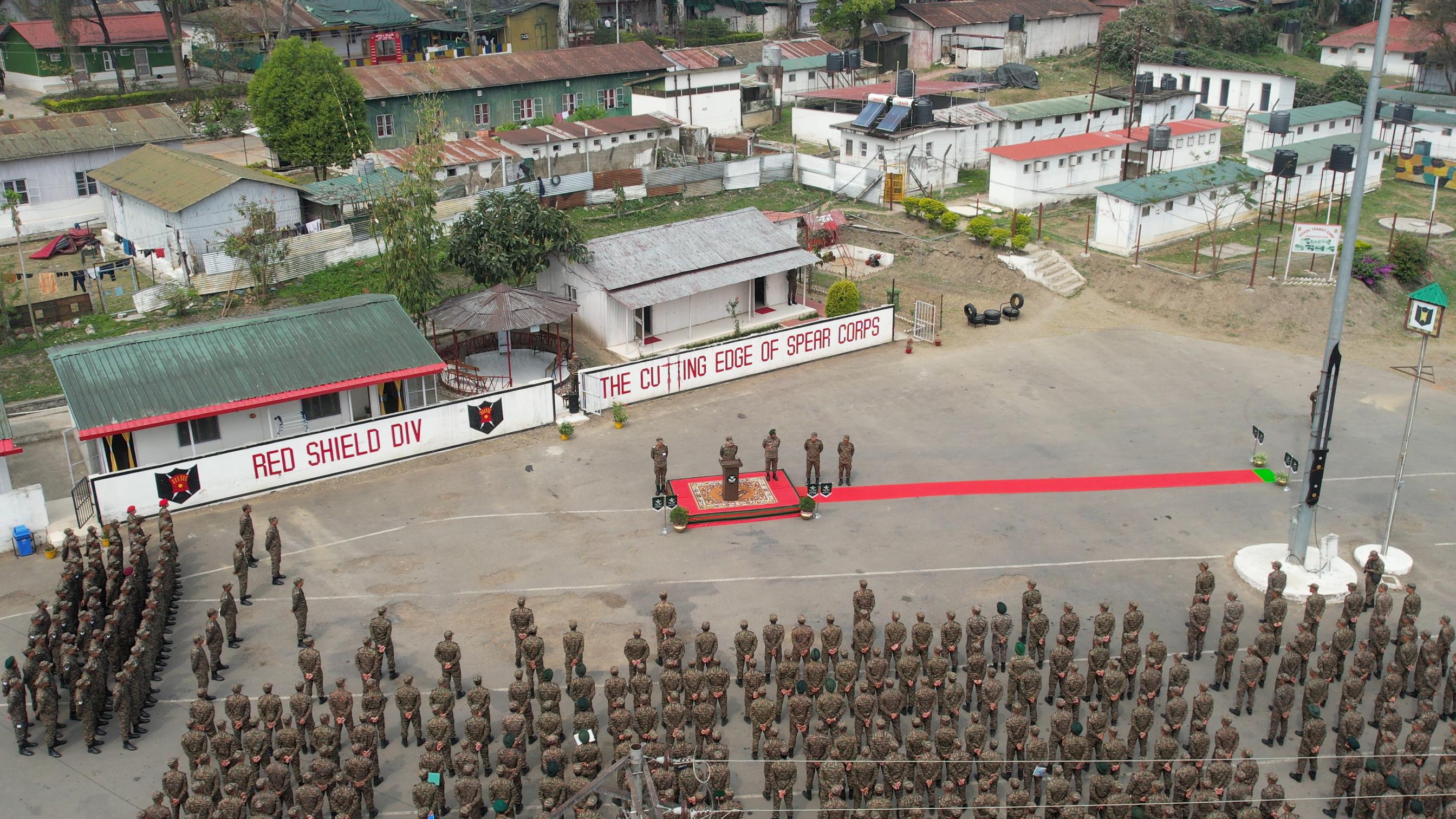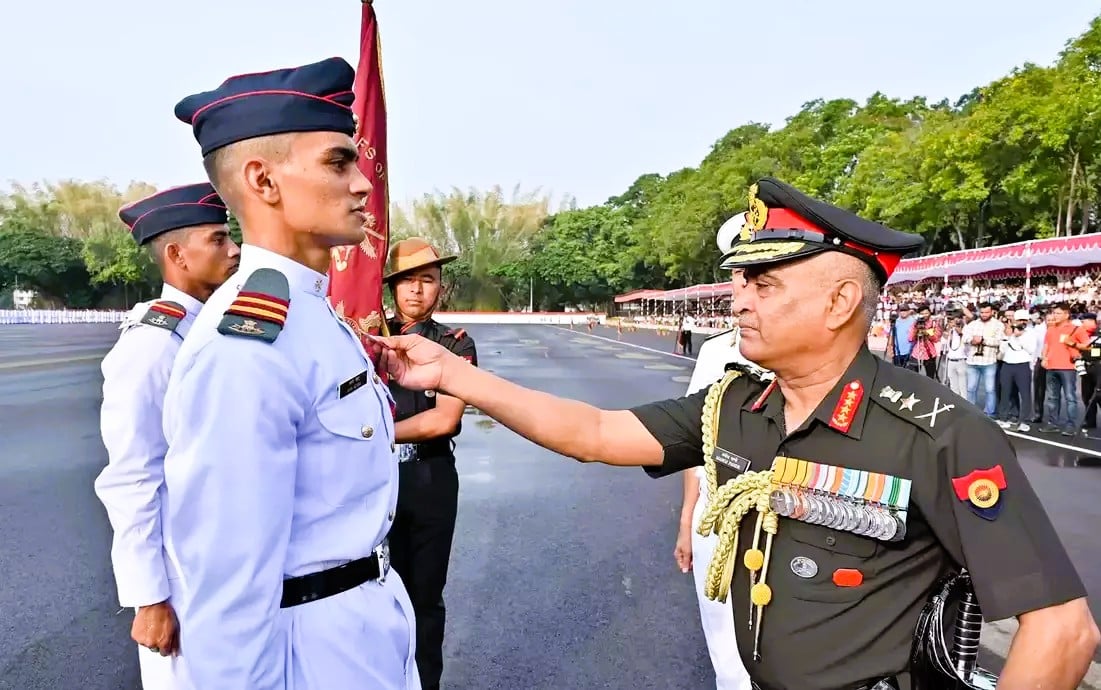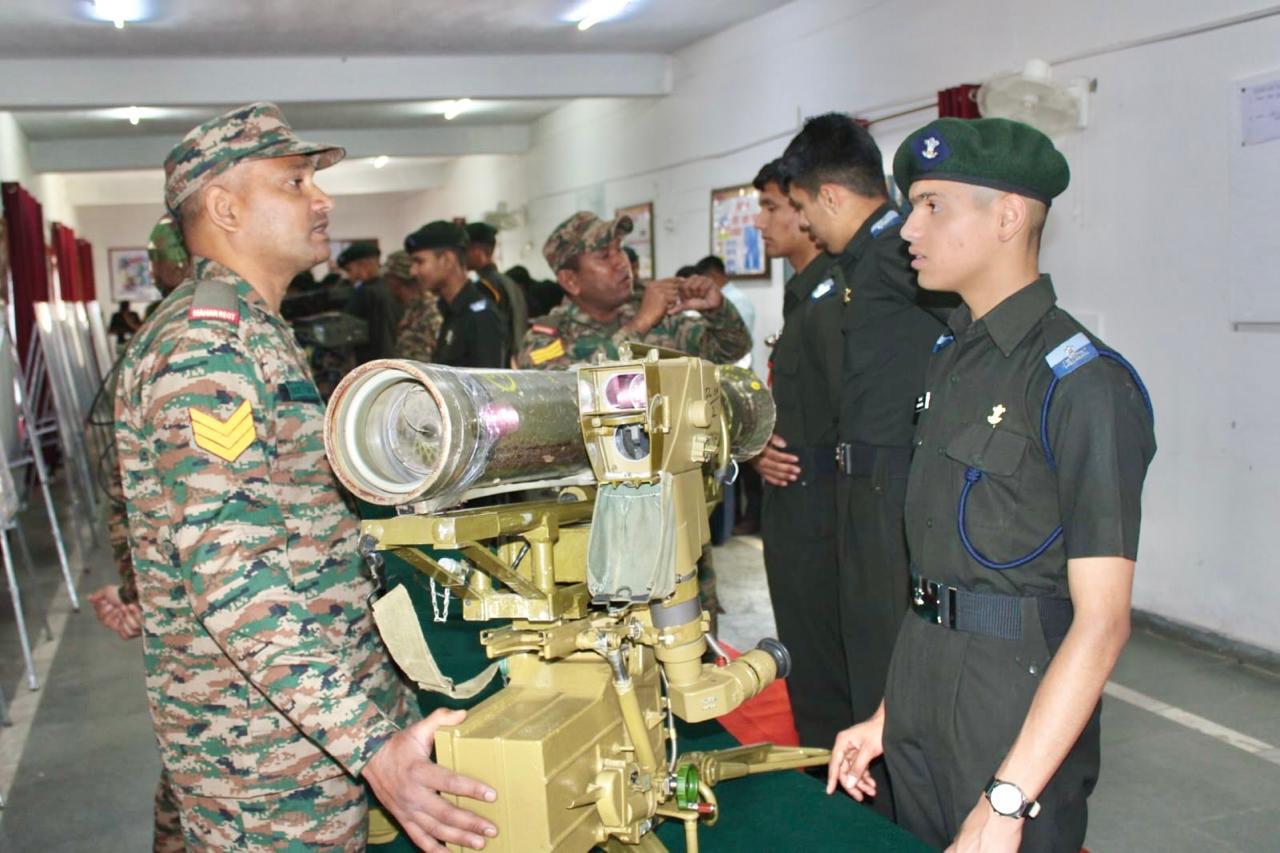Embarking on a new era in aerial warfare, Turkey’s aeronautical prowess has taken a giant leap with the KAAN Fighter Jet. The culmination of advanced engineering and national ambition, the Turkish 5th-gen KAAN, developed by Turkish Aerospace Industries with strategic inputs from BAE Systems, heralded its presence in the skies with a maiden flight on February 21, 2024.
The emergence of the KAAN Fighter Jet, a marvel boasting stealth capabilities, cutting-edge avionics, and acrobatic maneuverability, represents a significant stride for Turkish air dominance. Designed to eclipse Mach 2 and command an impressive combat radius of around 1,000 nautical miles, KAAN sets a benchmark for future turkish fighter jets, wielding an arsenal of air-to-air and air-to-surface missiles, along with precision-guided munitions.
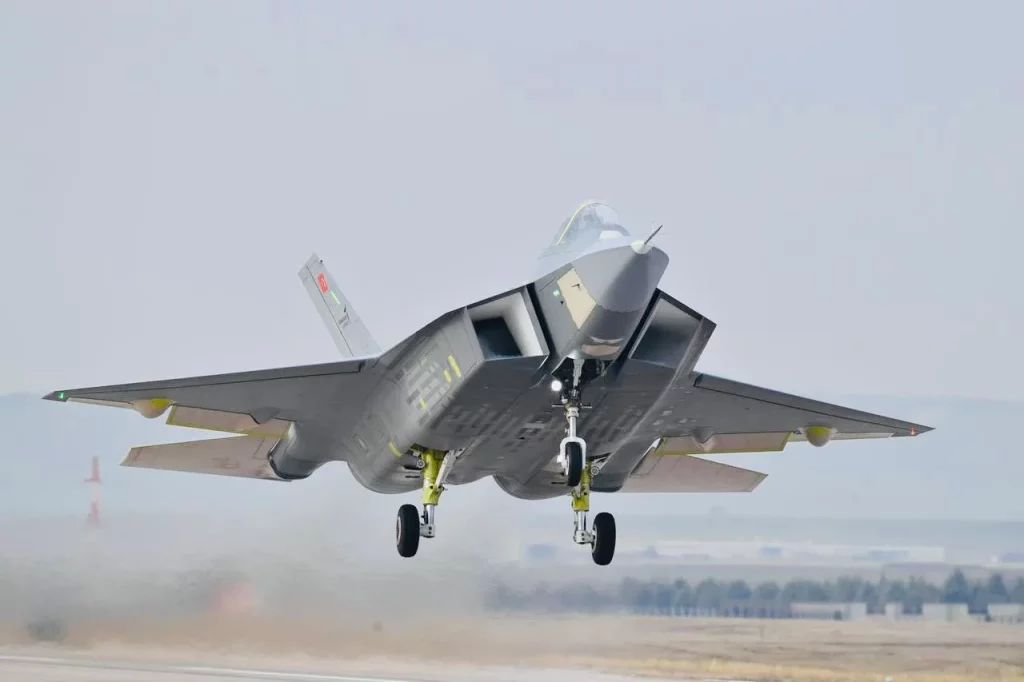
Our focus delves into the heart of the TF-X project, exploring the aspirations that shape this formidable tf x fighter’s journey from conception to the cusp of integration into Turkey’s defense architecture. We’ll dissect the KAAN’s distinct features that set it apart from contemporaries like the F-35 Lightning II, examining how it aligns with our nation’s broader military modernization efforts.
In our discourse, we will unwrap the ambitions for the KAAN, which encompasses versatile single and two-pilot operations, anticipating its pivotal service commencement within the Turkish Air Force by the late 2020s or early 2030s. This article serves as a detailed compendium, illuminating the path of the KAAN Fighter Jet as it promises to shape the horizons of Turkish air might, resonating with the enduring spirit of empowerment and dedication that defines our esteemed readers and the defence aspirants we serve.
Design Goals and Configurations
In our pursuit to advance Turkey’s aerial might, we have meticulously crafted the KAAN Fighter Jet, a testament to our sovereign capabilities and strategic foresight. Our design philosophy intertwines technological prowess with operational versatility, ensuring that the KAAN stands as a formidable contender in the global arena of 5th generation fighters.
Advanced Stealth and Performance:
- Stealth Capabilities: At the core of the KAAN’s design is its low radar cross-section (RCS), a critical feature that enables it to penetrate contested airspaces with minimal detection. This stealth proficiency is further complemented by internal weapon bays, which maintain the jet’s sleek profile and reduce radar visibility.
- Supercruise Efficiency: Our engineers have endowed the KAAN with the ability to sustain supersonic speeds without the reliance on afterburners, a feat achieved through its twin-engine layout. This capability not only conserves fuel but also extends the jet’s range and tactical reach.
- Maneuverability and Speed: With a projected top speed ranging from Mach 1.8 to 2.2 and a service ceiling peaking at 55,000 feet, the KAAN is built for agility and rapid response, ensuring air superiority in the most demanding scenarios.
Multi-Role Configurations and Avionics:
- Versatile Mission Profiles: The KAAN is not just a fighter; it’s a multi-role platform, adept at air-to-air combat, air-to-ground strikes, and intelligence, surveillance, and reconnaissance (ISR) operations. This versatility is key to addressing the diverse challenges that define modern warfare.
- Cutting-Edge Sensor Suite: Pilots of the KAAN will benefit from an advanced avionics system that provides unparalleled situational awareness. The high-resolution cockpit display, supplemented by a helmet-mounted system, ensures that critical information is always within the pilot’s line of sight.
- Engine Power: Propulsion is a cornerstone of the KAAN’s performance. Utilizing two General Electric F110-GE-129 turbofan engines, the jet is equipped with the thrust necessary to achieve and maintain supercruise speeds, while also delivering the power required for complex maneuvers.
Global Aspirations and Partnerships:
- International Market Penetration: We envision the KAAN as a global player, with aspirations to serve the defense needs of nations such as Azerbaijan, the UAE, Indonesia, and Pakistan. The integration of imported components, such as the engines and Martin-Baker ejection seat, underscores our commitment to international collaboration and the high standards we uphold.
- Fleet Expansion Goals: With an ambitious target of deploying a fleet of 300 KAAN jets by 2040, we are setting a new benchmark for Turkish air defense capabilities. This strategic move aims to progressively replace the US-made F-16s, marking a significant shift towards indigenous aerospace solutions.
Incorporating these design goals and configurations, the KAAN Fighter Jet emerges as a beacon of our national ambition and a symbol of our unwavering resolve to protect our skies. As we continue to refine and enhance the KAAN’s capabilities, we remain steadfast in our mission to elevate Turkish air power to unprecedented heights.
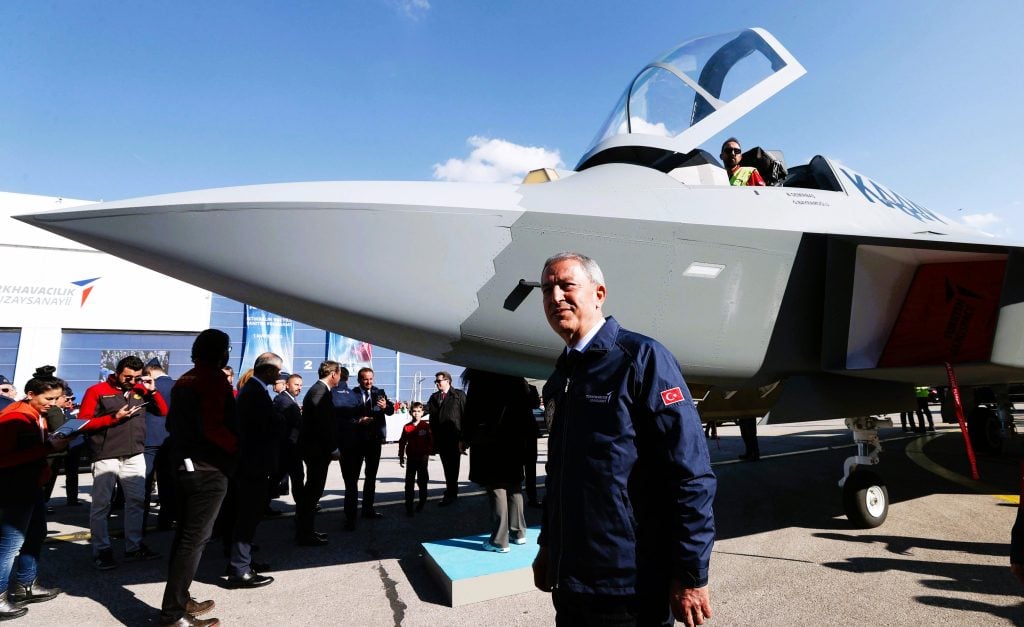
Strategic Partnerships
In the realm of strategic partnerships, our KAAN Fighter Jet, the crown jewel of Turkey’s aerial might, has not soared alone. The alliances we’ve formed are pivotal in propelling the TF-X project beyond our national borders, fostering a collaborative spirit that is instrumental in the jet’s development. These partnerships are a testament to our global vision and tactical acumen, ensuring the KAAN’s place on the world stage.
- International Collaboration:
- BAE Systems: A key partner in the TF-X program, BAE Systems brings invaluable expertise from their experience with the Eurofighter Typhoon and the F-35 program, enriching our project with a wealth of knowledge and technical proficiency.
- Technological Exchange: We’ve embraced an open architecture in the KAAN’s systems, encouraging interoperability and future upgrades that benefit from international technological advancements. This strategy positions the KAAN as a versatile and future-proof asset in any allied fleet.
- Supply Chain Integration:
- Engine Technology: While the KAAN currently houses General Electric engines, we are actively pursuing the development of an indigenous engine to further our self-reliance and technical autonomy. Collaborative efforts with international engine manufacturers are ongoing to achieve this milestone.
- Component Sourcing: Our approach to sourcing components is globally inclusive, utilizing parts from world-renowned defense contractors. This not only enhances the KAAN’s capabilities but also strengthens our ties with allied nations and their defense industries.
- Prospective Clientele and Support:
- Expanding Influence: We are in active discussions with countries such as Azerbaijan, the UAE, Indonesia, and Pakistan, showcasing the KAAN’s capabilities and exploring opportunities to integrate our fighter jet into their air defense ecosystems.
- After-Sales Support: Our commitment extends beyond the sale; we offer comprehensive training and support packages, ensuring that our partners can fully harness the KAAN’s advanced systems and maintain operational readiness.
The fabric of the KAAN Fighter Jet’s journey is interwoven with these strategic partnerships, enhancing our capabilities and fortifying our position in the aerospace domain. Our collaborative endeavors are not merely transactions but are the building blocks of enduring relationships that will shape the future of turkish air defense and the global military landscape.
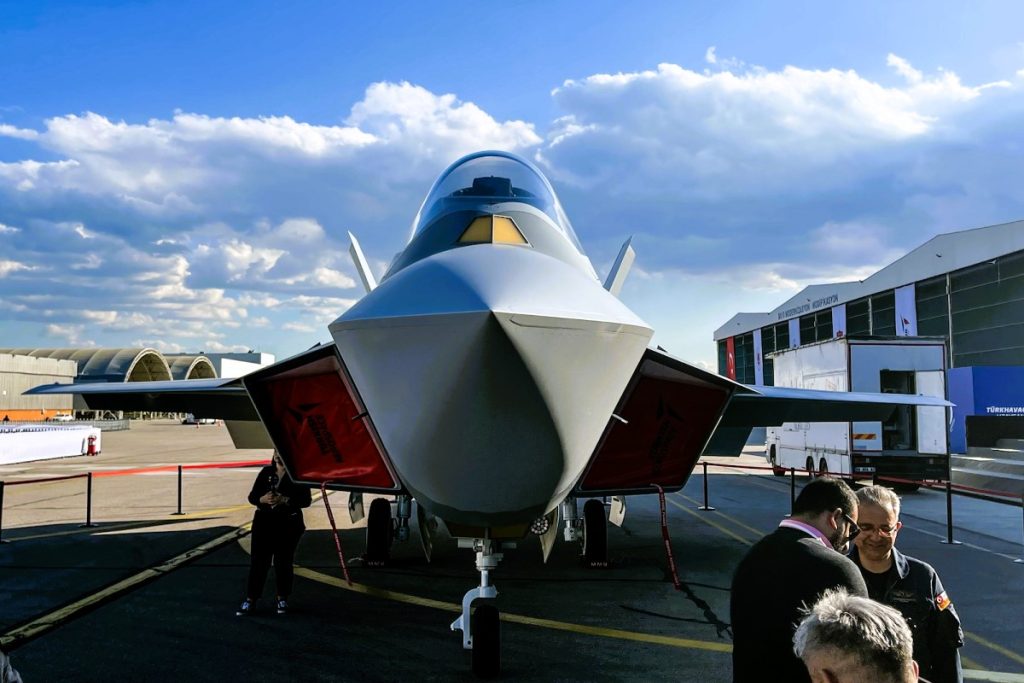
Technological Innovations
As we chart the technological forefront of the KAAN Fighter Jet, our unwavering commitment to innovation is palpable in every aspect of its design. Here, we delve into the pioneering technologies that empower the KAAN to redefine aerial combat:
Stealth Technology:
- Invisibility on Radar: The KAAN’s stealth capabilities are a marvel of engineering, featuring materials and design elements that significantly reduce its radar cross-section, rendering it a ghost in the skies.
- Survivability: This stealth prowess is not merely about elusiveness; it fundamentally enhances the KAAN’s survivability, allowing it to strike with lethal precision before the adversary can even react.
Avionics and Combat Systems:
- Open Architecture: The advanced avionics of the KAAN jet are built on an open architecture platform. This innovation allows for seamless integration and upgrading of systems and technologies, keeping the KAAN ahead of the curve.
- Multi-Role Mastery: As a testament to its versatility, the KAAN excels not only in air superiority but also in ground attack roles, thanks to its advanced carbon composite fuselage, which utilizes lighter, stronger materials for unmatched performance.
Advanced Weaponry and Precision Engagement:
- Diverse Arsenal: The KAAN will be armed with an array of sophisticated missiles, including the MBDA Meteor, MICA, AIM-120 AMRAAM, and indigenous Gökdoğan and Bozdoğan missiles, ensuring dominance in air-to-air combat.
- Pinpoint Accuracy: With the integration of a state-of-the-art reconnaissance pod and the ability to carry precision-guided munitions like the Tolun, the KAAN can engage targets with pinpoint accuracy from stand-off distances.
Global Technological Synergy:
- Collaborative Excellence: The KAAN project is a beacon of international cooperation, with pivotal contributions from global defense leaders like BAE Systems and General Electric, amplifying its technological edge.
Specifications Snapshot:
- Maiden Voyage: The KAAN’s maiden flight, a testament to its capabilities, achieved an altitude of 8000 feet and a speed of 230 knots, marking a milestone in our journey.
- Fleet Rollout: We aim to deliver the first 20 KAAN Block 10 jets by 2028, with the second and third prototypes scheduled for flight in 2025 and 2026 respectively.
- Economic Alliances: Priced at approximately US $100 million per unit, the KAAN has piqued the interest of nations like Azerbaijan, Pakistan, and Ukraine, who are keen to invest in this groundbreaking project.
By harnessing these technological advancements, we are not just crafting an aircraft; we are sculpting the future of the Turkish air force. The KAAN Fighter Jet stands as a proud testament to our nation’s ingenuity, a beacon of innovation that promises to elevate Turkish air might to unparalleled heights.
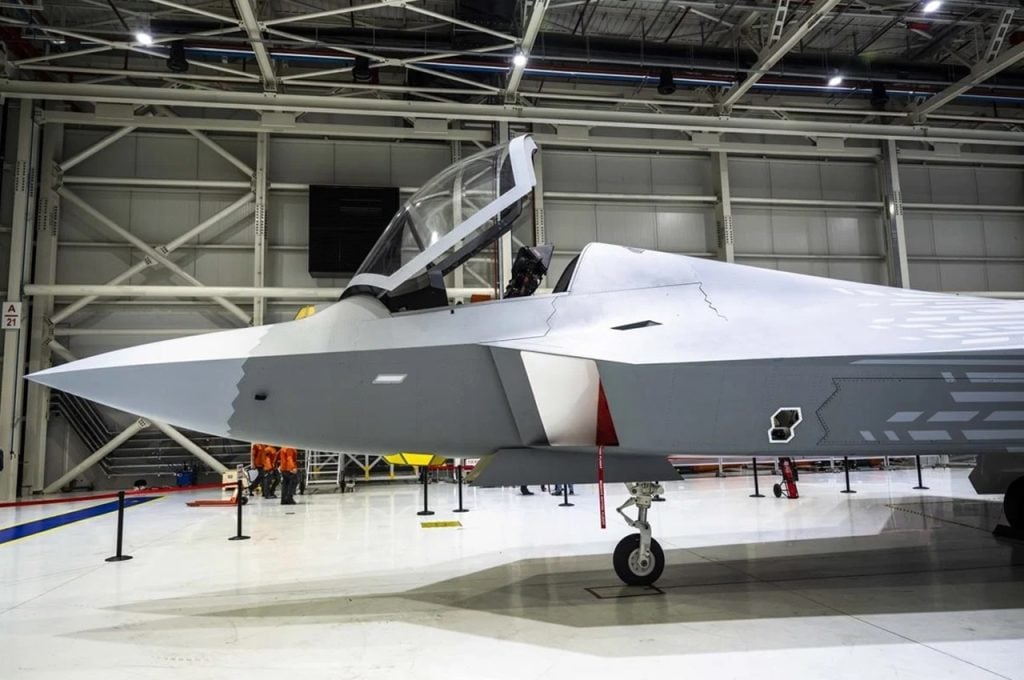
Testing and Development Process
As we venture deeper into the development journey of the KAAN Fighter Jet, our commitment to meticulous testing and validation is unwavering. This rigorous process is critical in ensuring that the KAAN, our nation’s pride, stands ready to redefine the future of Turkish air power.
Ground Tests: Ensuring System Integrity
- System Checks: Before the KAAN can grace the skies, it undergoes extensive ground tests to verify the flawless operation of each system. This includes thorough assessments of the engine start-up sequence, avionics functionality, and the integrity of the landing gear.
- Control Surface Calibration: Flight control systems are calibrated to respond with precision, with exhaustive checks to validate the responsiveness and reliability of flaps, ailerons, and other control surfaces.
- Emergency Protocols: Safety is paramount, and our ground tests rigorously evaluate all emergency systems, including fire suppression, ejection sequences, and backup controls.
Taxi Tests: Gauging Ground Maneuverability
- Steering and Braking: The KAAN’s agility on the tarmac is scrutinized through a series of taxi tests, where we assess its steering precision and braking efficiency, ensuring it can navigate runways with ease.
- Acceleration Analysis: The jet’s powerful engines are not just for flight; we test their capacity to accelerate the airframe to take-off speeds, confirming that the KAAN can leap into action whenever duty calls.
Flight Tests: Validating Airborne Superiority
- Initial Flight Phases:
- Begin with low-speed, low-altitude sorties to establish a baseline for performance.
- Gradually increase speed and altitude in subsequent flights, monitoring the KAAN’s handling and stability.
- Advanced Flight Testing:
- Incorporate complex maneuvers and systems testing as confidence in the aircraft’s performance grows.
- Test the limits of the KAAN’s speed and agility, pushing towards the anticipated Mach 2 capability.
- Operational Scenario Simulation:
- Simulate real-world combat scenarios to evaluate the jet’s multi-role capabilities.
- Fine-tune the advanced avionics and sensor systems to ensure peak situational awareness and engagement accuracy.
Our first triumph in the sky, the KAAN’s maiden flight, showcased the jet’s potential, achieving an altitude of 8,000 feet and a speed of 230 knots. This milestone was just the beginning, as we forge ahead with further testing to hone the KAAN’s capabilities. We anticipate integrating the KAAN into our military arsenal by [Year], with the jet’s engine, developed by [Engine Manufacturer], delivering a thrust of [Thrust Value], and enabling a maximum speed of [Speed] and a range of [Range].
The KAAN Fighter Jet, a multi-role marvel, is poised to elevate the Turkish 5th gen fighter to new heights. With advanced avionics and sensor systems, it stands ready to perform with unmatched precision in both air-to-air and air-to-ground missions. We are not just testing an aircraft; we are preparing a guardian of the skies, a symbol of our nation’s indomitable spirit and technological prowess.
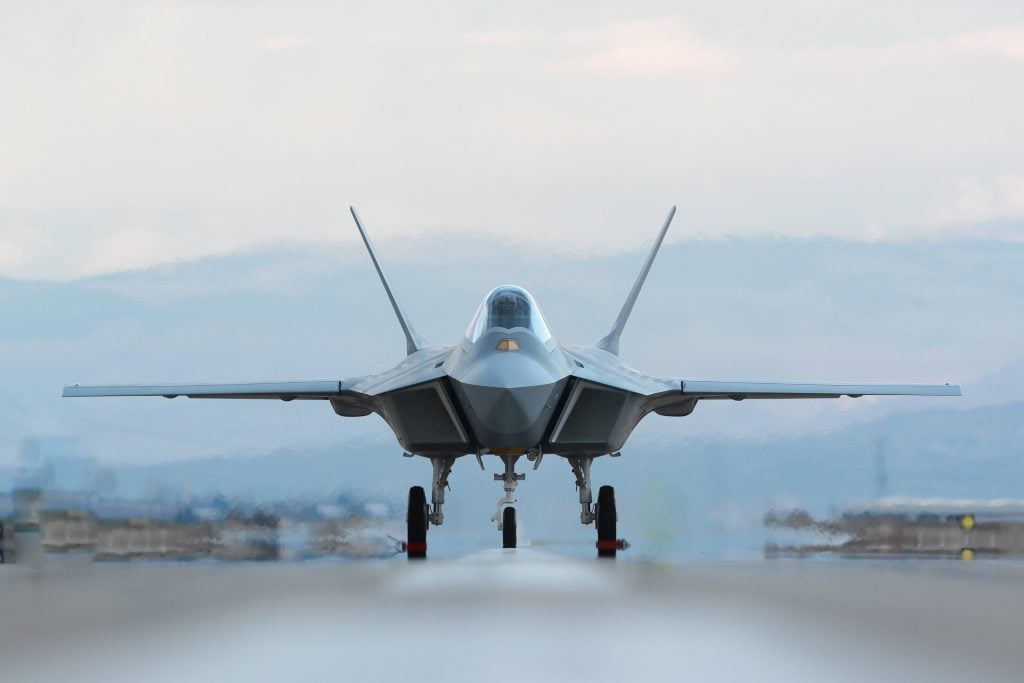
Engine Development and Challenges
The propulsion system of the KAAN Fighter Jet, our pride in the Turkish air defense sector, is a critical component that demands our unwavering attention. We are dedicated to overcoming the challenges associated with developing a power plant that meets the stringent requirements of a 5th generation fighter jet. Here, we unravel the complexities and milestones of engine development for the KAAN:
Engine Development and Strategic Approach:
- Initial Powerplant: The TF-X’s maiden flight was powered by the tried-and-tested General Electric F110 engine, a choice that underscores our strategic approach to leverage proven technology while indigenous capabilities are being nurtured.
- Indigenous Engine Goals: Our vision extends towards self-reliance with the TAEC engine, a collaborative venture between Turkish KALE and British Rolls-Royce, which promises to be the heartbeat of the KAAN in future iterations.
- Phased Integration: The transition to the TAEC engine is meticulously planned, with a phased approach that aligns with our development phases, ensuring a seamless integration into the production models.
Addressing Financial and Schedule Challenges:
- Economic Vigilance: The fluctuating Turkish Lira poses a significant challenge, but our financial strategy is robust, prioritizing cost-effectiveness without compromising on the KAAN’s cutting-edge features.
- Development Phases:
- Phase-1: Focus on design and system requirements (2018-2029).
- Phase-2: Commence manufacturing of 10 Block-1 jets for testing and refinement (2030-2033).
- Phase-3: Ramp up to mass production and development of subsequent TF-X blocks (2034-2040).
- Budgeting: With the project’s funding secured through firms under the presidency of defense industries, we ensure that the budget remains privileged, safeguarding the KAAN’s development trajectory from economic uncertainties.
Operational Imperatives and Manufacturing Feasibility:
- Stealth and Capability: The design of the KAAN TF-X is laser-focused on delivering a stealth aircraft that can confidently operate within contested airspaces, a mere 100km from a target, showcasing its strategic prowess.
- Turkish Air Superiority: We are committed to aligning the KAAN’s capabilities with Turkey’s manufacturing strengths, ensuring that every component, including the engine, contributes to a formidable turkish 5th gen fighter.
- Future-Proofing: Our investment in the KAAN Fighter Jet goes beyond immediate needs, as we aim to establish a legacy for turkish fighter jets that will dominate the skies for decades to come.
In the crucible of development, the KAAN TF-X’s engine stands as a symbol of our ambition, a testament to our resolve to not just join but lead the ranks of advanced airpower. Our journey is marked by strategic partnerships, economic resilience, and a steadfast commitment to operational excellence. As we forge ahead, the KAAN Fighter Jet’s engines will roar with the might of Turkish innovation, propelling us towards an era of unparalleled air dominance.
Operational Goals and Expectations
In our relentless pursuit of air superiority, the operational goals and expectations for the KAAN Fighter Jet are set with precision and strategic foresight. The TF-X is not merely an aircraft; it represents the future of the Turkish Air Force, a force to reckon with well into the 2070s. Our aspirations are not confined to the replacement of the aging F-16 fleet but extend to establishing a legacy of Turkish air might that is interoperable with other critical assets like the F-35As. Here’s how we envision the KAAN fulfilling its role in the TurAF:
Multirole Platform Capabilities:
- Air-to-Air Combat: The KAAN’s primary focus lies in its exceptional air-to-air combat capabilities, ensuring that our skies remain inviolable. With advanced medium-range missiles like the Meteor and AIM-120 AMRAAM, the KAAN is poised to engage and neutralize aerial threats with lethal efficiency.
- Air-to-Surface Precision: Not limited to the skies, the KAAN is equally adept on the ground, equipped with a new reconnaissance pod and precision-guided munitions such as Aselsan’s Tolun for strategic strikes that minimize collateral damage.
Advanced Features and Interoperability:
- High Situational Awareness: By incorporating a suite of cutting-edge sensors and data fusion support, the KAAN ensures pilots have a comprehensive battlefield picture, optimizing response times and tactical decisions.
- Optimized Pilot Workload: The KAAN is designed to enhance pilot performance through intuitive interfaces and systems, reducing strain and allowing for a focus on mission-critical tasks.
- Interoperability with Allies: Recognizing the importance of coalition operations, the KAAN is engineered to operate seamlessly with NATO assets, amplifying our collective defense capabilities.
Strategic and Economic Expectations:
- Bolstering the Turkish Defense Industry: The development of the KAAN Fighter Jet underscores our unwavering commitment to fortify Turkey’s defense industry, showcasing our ability to undertake and sustain large-scale projects.
- Long-Term Operational Capability: We are not just building an aircraft; we are investing in the long-term operational capability of our air force, ensuring that our defense remains robust and responsive to future challenges.
- International Partnerships: With interest from nations such as Azerbaijan, Pakistan, and Ukraine, the KAAN is set to become a cornerstone of our defense exports, strengthening our strategic ties and contributing to our economy.
We at the Turkish Aerospace Industries, along with our esteemed partners, are dedicated to the realization of these operational goals and expectations. The KAAN Fighter Jet is more than a testament to Turkish innovation; it is a beacon of our national ambition, a guardian of our skies, and a harbinger of a future where Turkish air power is synonymous with aerial dominance.
Conclusion
The KAAN Fighter Jet stands as a pinnacle of Turkish Aerospace Industries’ vision, embodying the culmination of advanced engineering and ambitious aspirations for national defense autonomy. Through the course of this article, we have traced the jet’s journey from its strategic design goals, highlighting its stealth capabilities and multi-role configurations, to the intricate collaborations that have been key to its development. It is evident that the KAAN is more than just a fighter; it is a testament to Turkey’s growing prowess in aerospace technology, poised to redefine the country’s air dominance for decades to come.
As the KAAN project advances, with milestones like its maiden flight already etched into history, it anchors Turkey’s position in the global defense market and serves as a beacon of inspiration for future indigenous military projects. With ambitions set high and a clear path of progress, the KAAN Fighter Jet promises a transformative impact on the field of aerial combat and the future of Turkey’s strategic military capabilities. The skies await the full might of the KAAN, and with it, a new era of air power for the Turkish Air Force.
FAQs
What is Turkey’s status with fifth-generation fighter jets?
Turkey has successfully flown its first locally made combat aircraft, the Kaan, which is a fifth-generation fighter jet. The inaugural flight took place at the Akinci air base near Ankara.
Can you detail the performance capabilities of the Kaan jet?
The KAAN jet, Turkey’s fifth-generation aircraft, reached an altitude of 8,000 feet and achieved a speed of 230 knots during its flight tests, as reported by Turkish Aerospace firm Tusas.
Which countries possess fifth-generation fighter jets?
Turkey has joined the ranks of countries with fifth-generation fighter jets, with the successful maiden flight of its Kaan aircraft.
What are the defining characteristics of a fifth-generation fighter jet?
Fifth-generation fighter jets are versatile combat aircraft capable of air superiority and various strike roles. They feature super cruise, stealth capabilities, sophisticated AESA radars, extreme maneuverability, and advanced avionics, allowing them to outperform earlier generation fighters and evade ground and naval defenses.
What is the typical speed of fifth-generation fighter jets?
The F-35, equipped with the world’s most powerful fighter engine, the Pratt & Whitney F135, can reach supersonic speeds of Mach 1.6, even when fully loaded with internal weapons and fuel.
Could you explain what the Kaan jet is?
The TAI Kaan, also known as TF (“Turkish Fighter”, previously TF-X) and MMU (Milli Muharip Uçak, meaning National Combat Aircraft), is a stealthy, dual-engine, all-weather air superiority fighter currently being developed by Turkish Aerospace Industries (TAI) in collaboration with sub-contractor BAE Systems.
Which jet holds the record for being the fastest in the world?
The title of the fastest jet in the world goes to NASA’s X-43 experimental aircraft, which achieved a record-breaking speed of Mach 9.6, equivalent to 11,854 km/h, thanks to its scramjet engine.
What is the top speed in mph for the fastest jet?
The North American X-15 holds the record as one of the fastest manned aircraft, reaching speeds of 4,520 mph and Mach 5.93. This experimental aircraft was developed and operated by NASA and the USAF.

